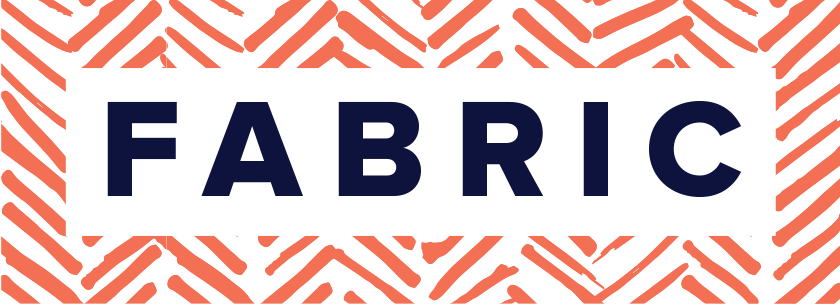“There is nothing more difficult to take in hand, more perilous to conduct, or more uncertain in its success, than to take the lead in the introduction of a new order of things.”
Organizations and the people who inhabit them are inherently dynamic.
Whether the work is labor or capital-intensive, whether an employee is a recent college graduate or has 20 years of experience, or whether the company is a start-up or has been in existence for a century, nothing is truly static in the workplace. Such complex ecosystems require a high level of proactive communication to ensure that everyone who participates understands the current state of the business as well as expectations for the future. In general, many companies under-communicate or relegate communications to a specific department or group of senior executives. Communication is a powerful tool in terms of its ability to inform employees of organizational changes as well as further cement the employee-manager relationship. Managers at all levels should have the tools and skills needed for effective individual and team communications. Priorities can include:
- Provide simple and targeted communication tools for managing significant organizational changes to ensure a holistic approach. Ensure changes are clearly articulated and reflected across all employee touch points from talent tools to leader talking points and other key communication vehicles.
- Develop key messages across all levels to ensure language reflects new business strategies and create communication calendars for thorough education regarding key changes impacting the organization.
- Build capability across the leadership team and down to all managers to enable a broader group to directly and effectively communicate changes and implications of change to their teams.
- Provide ways to further embed and develop critical skills of embracing change and personal adaptability.
- Measure the organization’s ability to successfully manage and communicate change over time and evolve strategies for connecting with a diverse and dispersed employee population.

